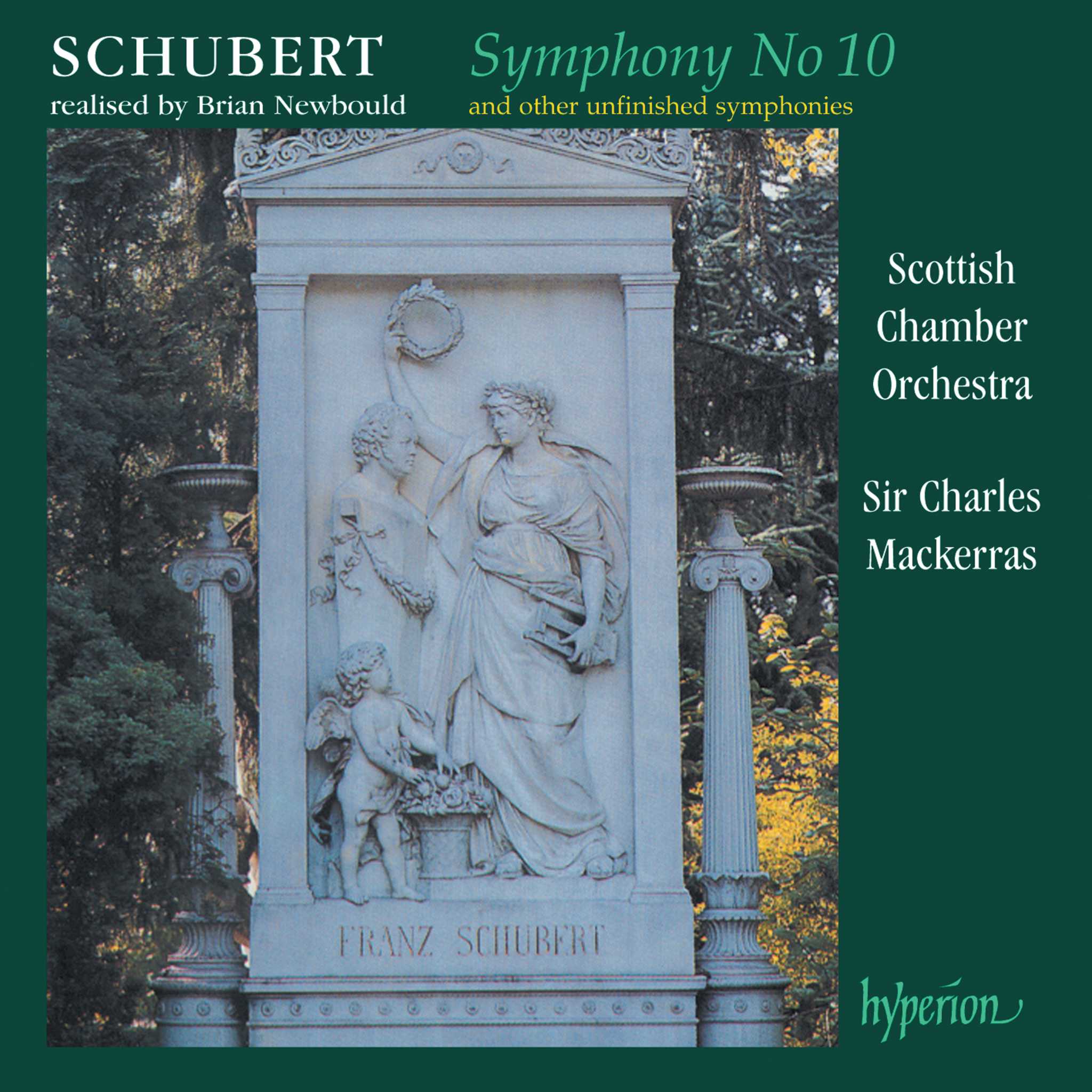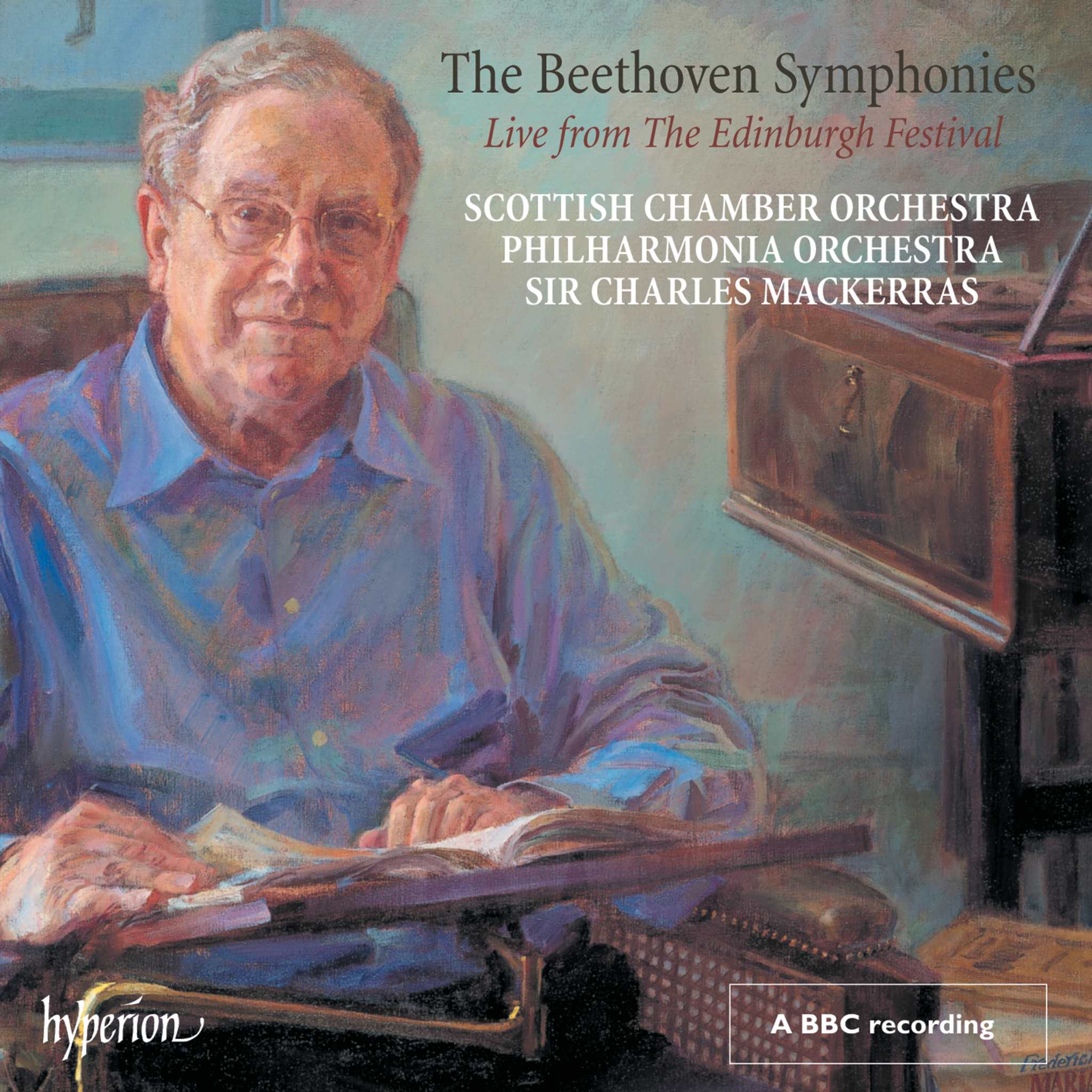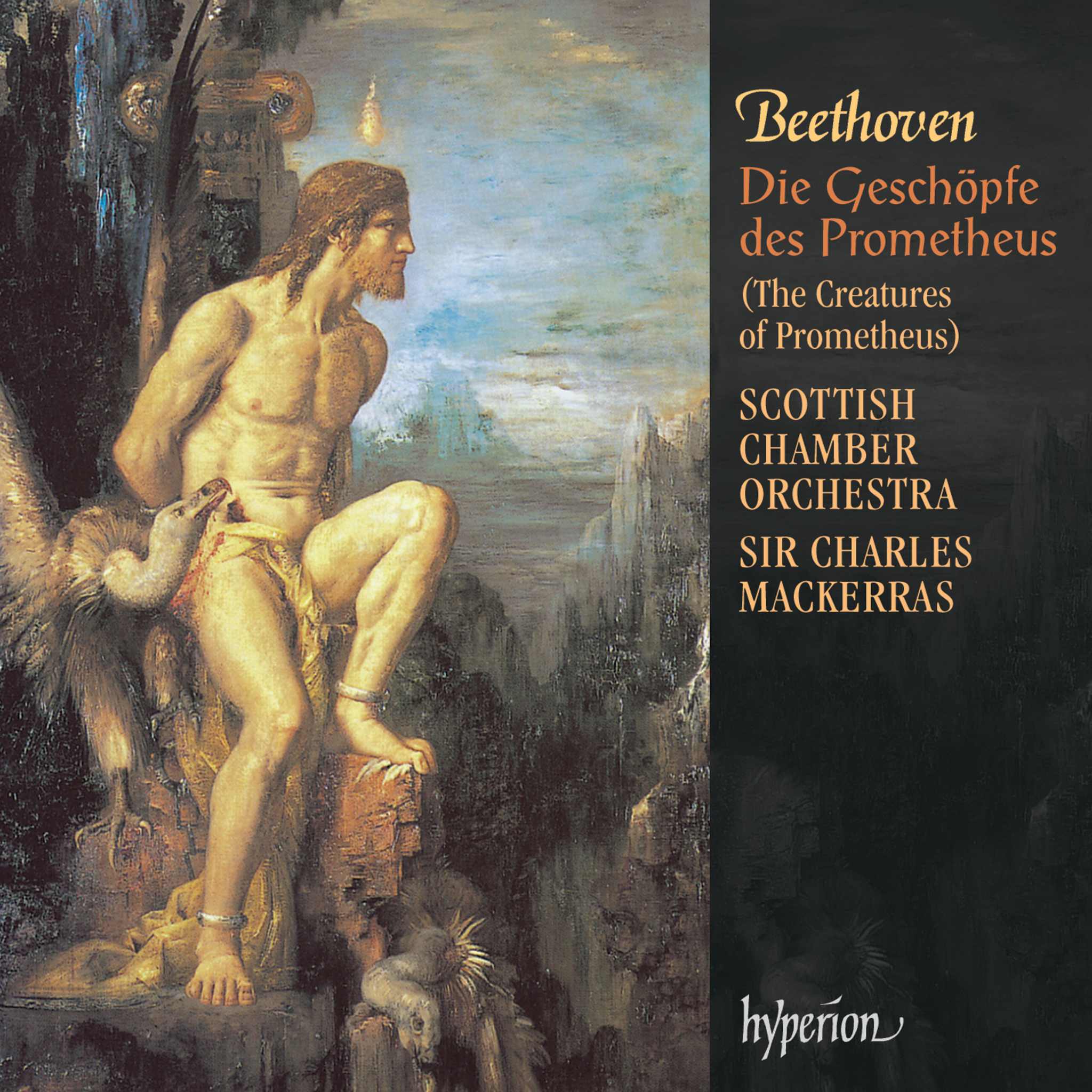Album insights
Robert Simpson crafted two of his most remarkable works in the 1960s: the Third Symphony (1962) and the Clarinet Quintet (1968). Similar to Mozart and Brahms's clarinet quintets, Simpson's piece features a wide-ranging scope, showcasing his creative prowess. Dedicated to Gervase de Peyer, the quintet has been performed by celebrated British clarinetists like Bernard Walton, Emma Johnson, and Thea King, featured on the CD.
Designed neither as a showcase nor a virtuosic piece for the clarinet, Simpson's work requires great endurance and focus due to the extensive use of the instrument's registers. The five players in the quintet are treated equally through a primarily contrapuntal composition style, different from Brahms's quintet. The movements follow the schemes: Slow introduction leading to a compressed sonata-allegro; 1st Slow movement; Scherzo; 2nd Slow movement; Fast finale with coda.
The Quintet engages in a polyphonic unfolding, a mysterious calm interrupted by the allegro, where new ideas are introduced. The piece expertly weaves through different movements, each with its own distinct character. The final section culminates in a serene, simple melody, beautifully rendered by the clarinet amid ascending scales.
Moving on to Simpson's String Quartet No. 13, commissioned for the Cardiff Festival, it is a concise piece with four short movements flowing seamlessly with a pattern of fast-slow-fast-slow. The quartet builds intensity through a series of intricate patterns and evolving themes, culminating in a slow, contemplative epilogue.
The Second String Quintet by Simpson, his most recent composition, commissioned for the Maggini Quartet, was completed in 1994. This one-movement piece explores the interplay between contrasting tempos, creating a sense of tension and resolution throughout. The Allegro section stands out with its demanding contrapuntal passages and stark lyrical elements.
Each composition by Simpson showcases his distinct style and mastery, unfolding a musical journey filled with depth and complexity, leaving a lasting impact on listeners worldwide.






